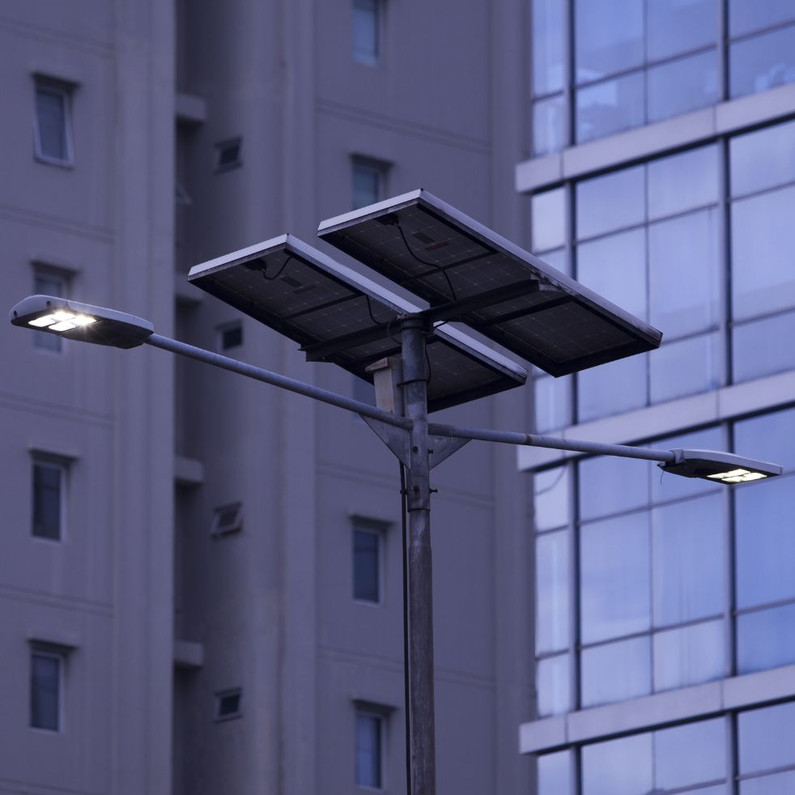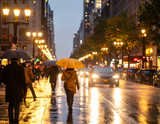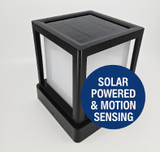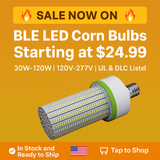How To Make Your Lighting Solutions Greener
Many businesses seek ways to create a more sustainable office. Going green is good for the environment, promotes a positive message to potential customers and investors, and lowers expenses in the long run. Ultimately, going green is an ideal solution for all parties involved in your enterprise. There are many ways you can make your lighting solutions greener, from using different bulbs to installing new lighting fixtures. Induction Lighting Fixtures is here to guide you through a few lighting options and help you discover which outcomes are right for you and your business.
Swapping Out Lightbulbs
One of the most straightforward and cost-effective solutions for any business is to create a more environmentally friendly workplace. Many companies may still use incandescent bulbs, which are controllable through dimmers, often cost less than other bulbs per unit, and create a warm light that some employees and customers find comforting.
However, incandescent bulbs generate unnecessary heat, use up more energy, and have shorter lifespans, making them a far less sustainable option when lighting an office or other workplace. Industries looking for longer-lasting, more environmentally friendly bulbs may want to consider an alternative option when changing out the bulbs in your business area.
Halogen Lights
Halogen lights are an excellent starting point when opting for more energy-efficient lightbulbs. Halogen gas powers a filament inside the bulb that creates a glow similar to what you traditionally find with incandescent bulbs. Halogen bulbs reach full power quickly and use roughly three-quarters of the amount of energy consumed by traditional bulbs.
Another advantage of halogen lights is that they are among the most cost-effective when buying individual bulbs, making them a good solution for larger workspaces with a high quantity of lights that need replacing.
However, a particular downside of halogen bulbs is that their lifespan is notably shorter than other energy-efficient bulbs on the market. While they are more sustainable than incandescent bulbs, they may not lead to any noticeable changes in the sustainability of your workplace in the long run.
LED Bulbs
Many people see light-emitting diode (LED) lightbulbs as the current standard for anyone looking for more energy-efficient lighting in their workplace, residence, or nearly anywhere else. LED lighting has come a long way since its original introduction, and its future has literally become brighter compared to the earlier days when many found LED lighting to be dimmer and more challenging to use than incandescent bulbs.
LED bulbs are among the best options for businesses wondering how to make their lighting solutions greener. LED bulbs are designed to work with a small diode inside the bulb; when electricity passes through it, the diode emits light, hence the name. LED bulbs have an average lifespan of 50,000 hours, which equates to over five years if you were to keep them on all the time. The bulb's long lifespan, coupled with the fact that they use less energy than other standard lighting options on the market right now, make them one of the most ideal choices for those looking to light offices, warehouses, and different work environments.
However, LED bulbs do have their share of downsides; they are generally less economical when it comes to initial installation, even if long-term savings soon balance out those costs. Additionally, the light coming through the diode is blue light, which can negatively impact people after lengthy exposure.
CFL Lighting
Compact Fluorescent Lamp lighting, or CFL lighting, is another energy-efficient lightbulb option. While CFL lights once stood out as one of the best options for sustainable lighting, they've gone down in popularity thanks to the further advancements of LED bulbs.However, CFL lights are still a suitable option for those looking to create a greener office space. Unlike LED bulbs, CFLs are dimmable, giving business owners more control over the amount of light used throughout the workday. These bulbs still require substantially less energy than incandescent bulbs and have a lower initial cost than LED bulbsFor smaller workp
laces and residential areas, CFL lighting has its advantages over LED lighting. And while CFL lighting is a sustainable choice, it may not be ideal for office spaces or other large open areas.
Investing in Renewable Energy
When it comes to your lighting, there are plenty of ways to make your business greener beyond changing the lightbulbs. For example, many businesses are investing in solar panel systems to create renewable energy. Most frequently, a solar energy system typically requires solar panels for absorbing power, charge controllers for regulating and transporting energy to the battery, and the battery itself for energy storage; these components allow your system to utilize power when your panels are not in direct sunlight.
A complete solar panel system is a costly investment but a good idea for companies looking to reduce their environmental impact.
Aside from powering your system with solar panels, many businesses may utilize commercial solar powered streetlights. Exterior lighting with regular exposure to the sun absorbs solar energy and uses the power throughout the nighttime hours, lowering a company’s reliance on power grids.
Utilizing Natural Light
While focusing on energy-efficient lightbulbs and environmentally friendly lighting fixtures are great ways for your business to go green, it's a good idea not to neglect the advantageous power of natural light.
If possible, making modifications to your walls to add more windows and let in more light is immensely beneficial during business hours. If your workplace does not have any obstructions above, consider installing skylights to let in the sun. Increasing the open spots to allow sunlight in has a positive impact on workers, and also reduces the total number of lighting fixtures and bulbs needed for use during daylight hours.
If you have any questions, comments, or concerns about creating greener lighting solutions in your workplace, the experts and specialists at Induction Lighting Fixtures are ready to help get you the information you need with friendliness and enthusiasm. You may reach us by phone during standard business hours by calling us at (855) 453-2852 or email us anytime at info@inductionlightingfixtures.com.

Recent Posts
-
How Long Will Solar Powered Lighting Operate in the Rain?
How Solar Light Fixtures Can Run for 10 Rainy Days If you’ve ever wondered how a Commercial solar li …Jul 30th 2025 -
Spotlight - The IL-SPG54 Smart Solar Walkway Light: Where Performance Meets Simplicity
Introducing the IL-SPG54 Smart Solar Walkway Light: Where Performance Meets Simplicity When it comes …Jun 16th 2025 -
Corn Bulb Sale - While supplies last!
⚡ Limited Time Sale – BLE Series Corn Lamps Starting at $24.99! Stock up now while supplies last – p …Jun 11th 2025






